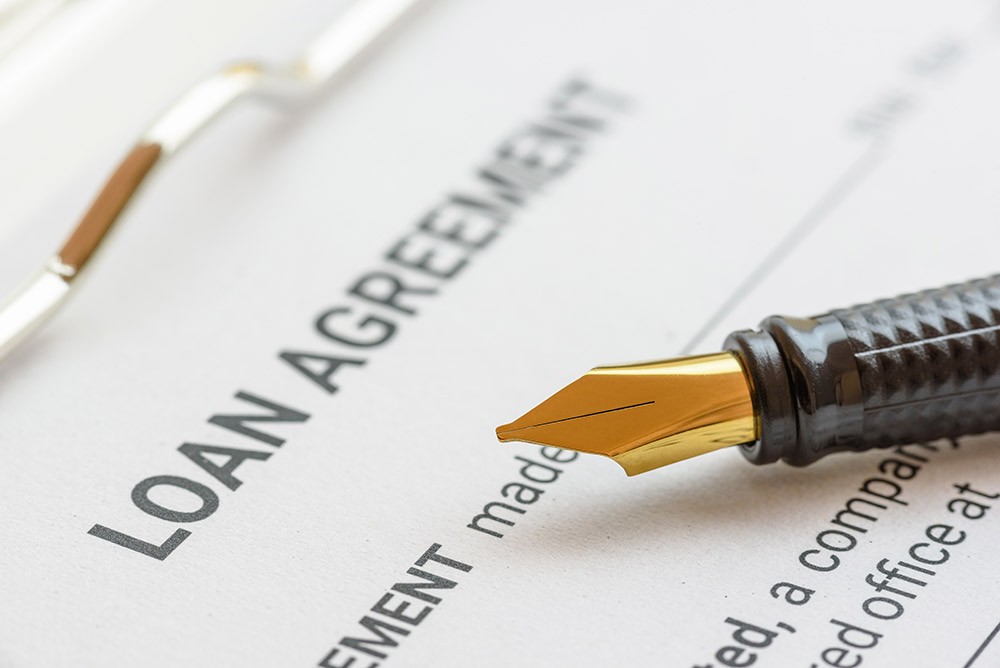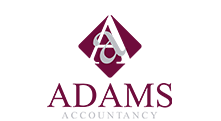Frequently Asked Questions About The Directors’ Loan Account And How it Works

The Directors’ Loan Account is a compulsory account on your limited company’s balance sheet. It records all transactions between directors and the company. When you become the director of a limited company, it’s usual to put some of your own money into the company. This is known as owner’s equity and would be recorded as a credit to the equity or directors’ loan account and debit to cash. This blog answers some of the frequently asked questions about the Directors’ Loan Account.
How Does The Directors Loan Account Work?
Any money withdrawn by a limited company owner/director that isn’t salary, expense reimbursement or dividends is a loan from the company since the finances of the business and the individual must be kept separate, unlike that of a sole trader where there is no legal distinction between the parties.
This means that if money is withdrawn from the business by an owner/director this must be recorded in the Directors’ Loan Account, and it must be repaid in full. There are conditions which must be met about when repayment must happen.
If the Directors’ Loan Account is in credit, this means the company owes the director money. If the Directors’ Loan Account is in debit, then the director owes money to the company – in effect the account is overdrawn.
How Much Can You Have in a Directors Loan Account?
There is no limit to how much you can withdraw from your DLA, subject to any restrictions in your company’s Articles or Memorandum of Association but taking large amounts out of the company via the DLA can affect the company’s cash flow and have tax implications on the director, including benefits in kind.
Do You Pay Tax on Directors Loan Account?
Your company does not pay any Corporation Tax on money you lend it through your DLA. However, if your DLA is overdrawn at the end of your financial year, there may be Corporation Tax implications depending on when you pay back the loan.
What is The 9-month Rule For Directors Loan?
A directors loan must be repaid within 9 months of the end of the financial year when the money was withdrawn. If the loan is not repaid by this time, HMRC will charge Section 455 Corporation Tax at 32.5% on the loan amount as well as interest until the Corporation Tax is paid. Your company will be able to reclaim the Corporation Tax that has been paid but not the interest.
What is The 30-day Rule For Directors Loans?
This rule comes into effect for loans greater than £5,000 where you took another loan of £5,000 or more up to 30 days before or after you repaid it. In this case, your company will pay Corporation Tax at 33.75% of the original loan, or 32.5% if the loan was made before 6 April 2022. Once you’ve repaid the original loan, you can reclaim the Corporation Tax – but not any interest charged.
How do I Clear my Directors Loan Account?
When your DLA is overdrawn, there are three ways to clear the directors loan:
- Repay using cash
- Repay using salary or expense reimbursement. Instead of making payroll entries to the director’s personal bank account, pay it into the DLA.
- Repay by declaring a dividend. As with the above, credit the DLA instead of the director’s personal bank account.
What Happens if You Can’t Pay Back a Directors Loan?
If you are unable to pay back your director’s loan, you may be forced into personal bankruptcy should the company become insolvent. An unpaid director’s loan is money owed to the company and in a liquidation, the liquidator will pursue the director to repay the loan so the money can be used to pay off other creditors. If the director cannot repay funds, they may have to have to consider an IVA or filing for bankruptcy.
Can a Directors Loan Account be Written Off?
It is not usual for a director’s loan to be written off, except in the case where the amount outstanding is judged by the liquidator to be insignificant. In most cases, the overdrawn account must be paid back.
How Much Interest do You Pay on a Directors Loan?
The official interest rate on directors’ loans set by HMRC is 2.00% per annum, charged on a daily basis (correct for 2023/24)
Can You Close a Company With a Directors Loan?
Yes, you can close a company with an overdrawn DLA. As mentioned above, if a company is insolvent and goes into liquidation with an overdrawn directors loan account, this amount must be repaid. If the company is solvent but simply ceases trading, the liquidator can distribute the other company assets to offset the overdrawn directors loan account.
Need Help Understanding The Director’s Loan Account And How it Works?
If you are unsure how to account for money you want to remove from your business or you need to better understand the tax implications of using your DLA, give the Adams Accountancy team, accountants in Bexley, a call on 01322 250001. We’ll be happy to have a brief chat about your circumstances to find out if we can support you and your business.


